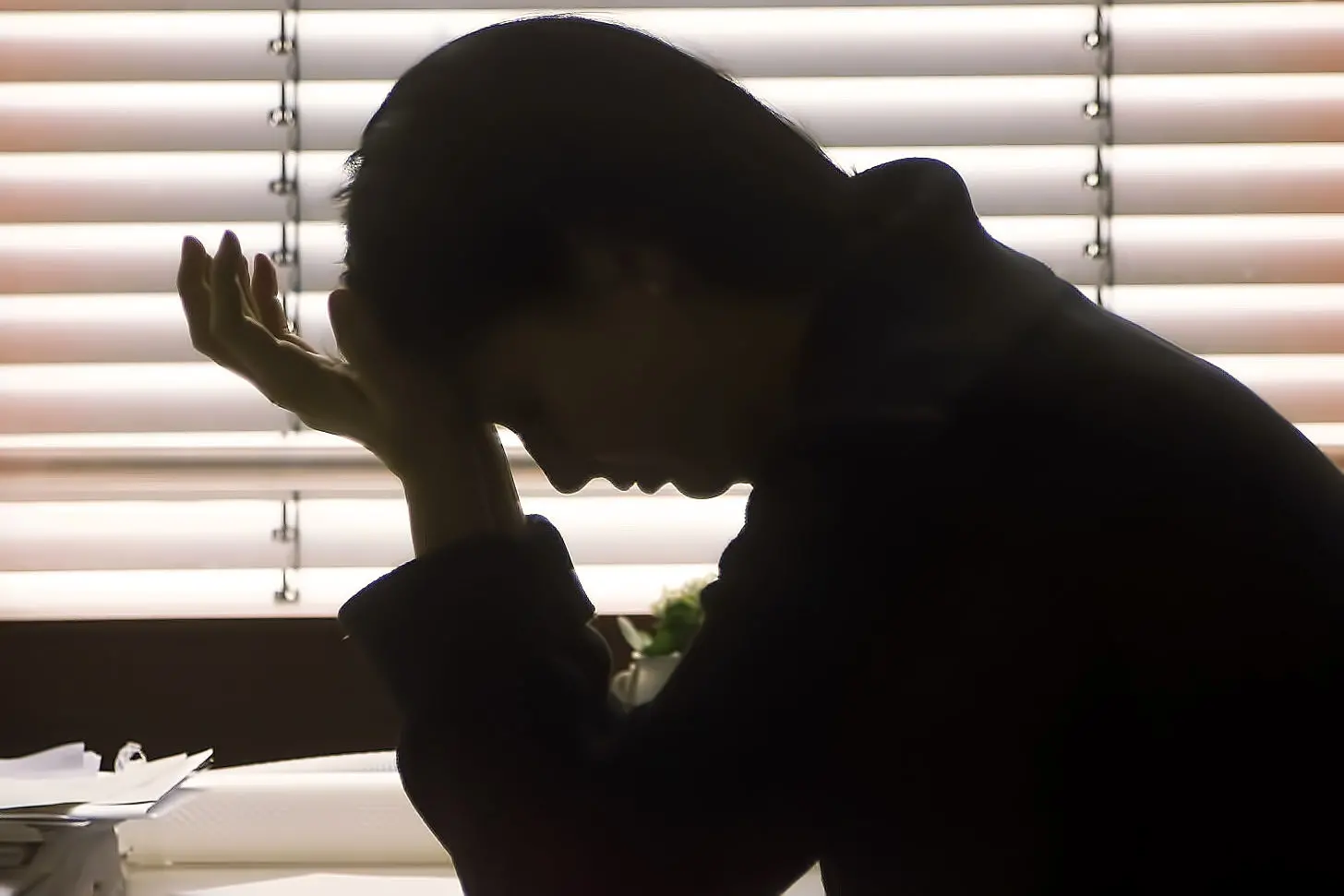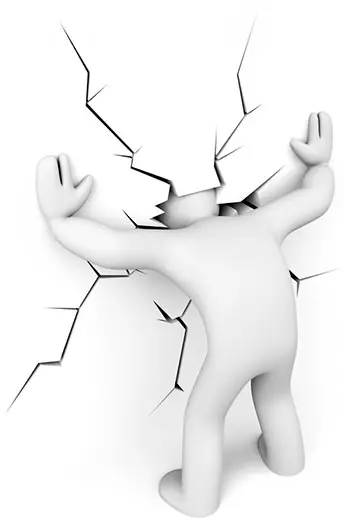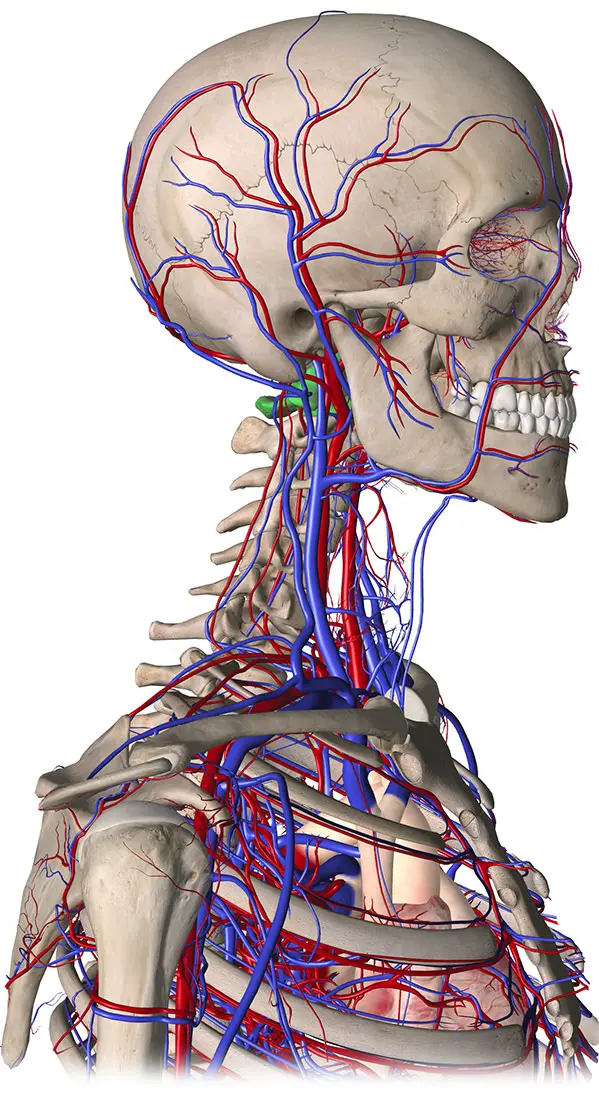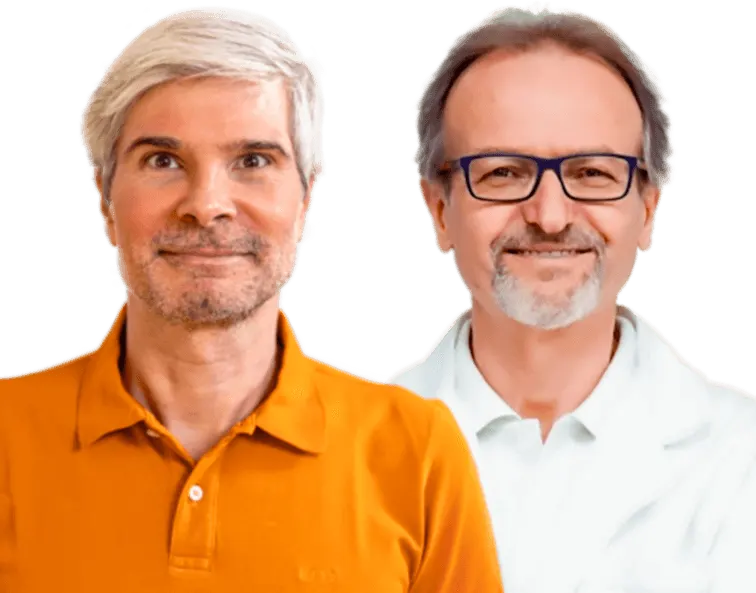What to do against headaches instead of constantly taking medication?
Tired of living with headaches and having to constantly rely on medication? The AtlantoMed method offers an innovative and surprisingly effective solution. Scientific studies show that realigning the first cervical vertebra can provide significant benefits in 87% of cases.
This one-time treatment, without the need for long-term therapies, has proven to be a decisive breakthrough for those suffering from chronic headaches. Keep reading to find out how Atlas correction could radically change your quality of life!

Cephalalgia is the technical term used to describe what is commonly called a headache.
Millions of people suffer from chronic head pain, making it evident that conventional medicine does not offer lasting solutions. Large-scale advertising campaigns lead people to believe that conventional medicine and related medications are the only effective and viable solution to headaches. But is that really the case?
Headaches, or cephalalgia, in its various forms, is a common disorder: all of us have experienced this pain at least once in our lives.
For 15-20% of the population, including 2-4% of children, headaches are not occasional but rather an unwelcome companion that returns cyclically and chronically, despite repeated attempts to get rid of it. Many even familiarly refer to it as "my headache".
Headaches have both a psycho-emotional and physical component, identified by an alteration in blood flow to the skull, accompanied by a cranial nerve irritation. Experience has shown that this reduction in blood flow, as well as nerve irritation, can be caused by misalignment of the Atlas. Medicine attempts to chemically remedy this deficit by administering medication; however, for headache sufferers, this does not constitute a permanent solution.
Other determining factors in the onset of headaches include: poor liver function, excessive intestinal intoxication and general body toxicity (toxemia), accumulation of heavy metals, and metabolic acidosis (a body pH that is too low).
The psycho-emotional component associated with headaches
- Constant anxiety or fear
- Difficulty in "letting go" in life
- Fear of "losing control"
- Constantly "suspicious" attitude
- Tendency to ruminate endlessly, feeling overwhelmed by one's own thoughts
- Aspiration to control every situation
- Unexpected situations become a source of stress
- Tendency to plan everything
- Taking on major responsibilities at the expense of one's own peace of mind
- Being a perfectionist and overly critical
The different classifications of headaches

The difference between migraine and headache lies in the fact that migraines affect one side of the skull, while common headaches involve the entire skull.
In medical texts, headaches are classified into the following categories:
Muscle-tension headaches or tension headaches: This is the most common type of headache, accounting for approximately 70% of all cases.
Common migraine (without aura): Affects 25% of people with headaches. Migraine attacks occur without warning symptoms.
Classic migraine (with aura): Affects 4% of people with headaches. These attacks are preceded by warning symptoms, usually involving visual or sensory disturbances.
Cluster headaches

Cluster headaches: They account for about 1% of headache cases. Characterized by extremely intense, highly disabling pain, they occur suddenly, typically around one eye or the temple.
The pain of cluster headaches can be so severe that the affected person may literally want to bang their head against the wall, even considering suicide.
A cluster headache attack usually lasts only a few minutes but can recur up to 10 or more times within a 24-hour period. This is why it is referred to as a "cluster headache."
Results of the AtlantoMed treatment on headaches

A study conducted on 504 candidates by Prof. Dr. Hans-Joachim Theis from the Inkam Institute in Germany shows that the AtlantoMed method of realigning the first cervical vertebra provides improvement in 87% of treated cases, with a total headache disappearance rate of 21%.
These results on headaches are remarkable, especially when compared to those obtained through pharmacological treatments. No other method has so far achieved long-term results of this magnitude.
This outcome is even more significant considering that it is a one-time treatment and not a long-term therapy.
Why does Atlas correction affect headaches?
The positive results on headaches can be attributed to three main reasons:

- Improved vascularization and, consequently, better oxygenation of the brain. When the Atlas is correctly aligned, it stops interfering with the inflow and outflow of blood to and from the brain, providing benefits to the entire circulatory system. The improvement in circulation, combined with the positive effects on the autonomic nervous system, often leads to the spontaneous resolution of the problem of constantly cold hands or feet.
- Better vertical alignment of the head and overall posture significantly reduces muscle tension in the neck and shoulder area, having a decisive effect on tension headaches.
- The elimination of the bottleneck that compresses and irritates important cranial nerves passing through the Atlas area, specifically the vagus nerve, the accessory vagus nerve, as well as the two suboccipital nerves, the lesser occipital nerve (C1) and the greater occipital nerve (C2), whose irritation can lead to the so-called Arnold's neuralgia.
Headache: Why choose AtlantoMed?
Many people report that after the treatment, they no longer feel that bothersome sensation of pressure in the head and experience a profound sense of relief.
The reduction or disappearance of headaches can occur immediately after the Atlas correction or even months later, once the regeneration phase is completed.
Those who suddenly free themselves from their headaches, after years of suffering and unsuccessful attempts, often remain completely stunned and incredulous. As if they were strangely attached to it, they feel a sense of emptiness, unable to believe that their unwanted "companion" has abandoned them.
For the AtlantoMed specialist, it is always rewarding to hear the stories of people who have finally been freed from chronic headaches or other pains they suffered from for years, after all previous treatments had failed.
Medication can certainly be helpful in a crisis, but it should not be used as a permanent solution for recurring headaches. It is essential to identify and permanently resolve the cause, although it is now more than evident that pharmaceutical companies have no interest in doing so.
Given the high success rate, we believe that Atlas verification, followed by AtlantoMed treatment when indicated, should be the first option for those suffering from headaches. If no improvements are achieved, other interventions will always remain available.
Headache video interviews
Stories after Atlas realignment
Some testimonials from the headache forum
- Alessandra: Cervical pain and headaches gone
- Rexi1994: Solution to the HEADACHE problem
- Selken77: Headache: FINAL solution!
- Dlaudonia: No more headaches
- Mariabarone: HEADACHE GONE!!!!!
- Raffaele: Chronic headache almost completely resolved
- more testimonials on headaches
What People Say About Us
Beware of those who disguise a simple cervical manipulation as Atlas realignment and those who offer low-quality imitations of our method. The results speak for themselves: over 10,000 testimonials and reviews in various languages make us unique. Click to discover opinions, ratings, and authentic experiences shared by those who have experienced Atlas correction with Vibro-Resonance AtlantoMed:
Scientific literature on headaches

- Occipital headaches stemming from the lateral atlanto-axial (C1±2) joint.
- Cervicogenic headache: Evidence that the neck is a pain generator.
- Internal jugular venous outflow disturbance.
- Differential diagnosis of headaches in the EDS and Chiari population.
- Role of the C2 articular branches in occipital headache.
- The lateral atlanto-axial joint as a source of headache.
- Treatment of cervicogenic headache with cervical epidural steroid injection.
- Occipital nerve blockade for cervicogenic headache.
- Sternocleidomastoid muscle imbalance in a patient with recurrent headache.
- Upper cervical facet joint for the treatment of cervicogenic headache.
- The Chinese Association for the Study of Pain (CASP).
- The neck and headaches.
- Cervicogenic headache: An assessment of the evidence.



